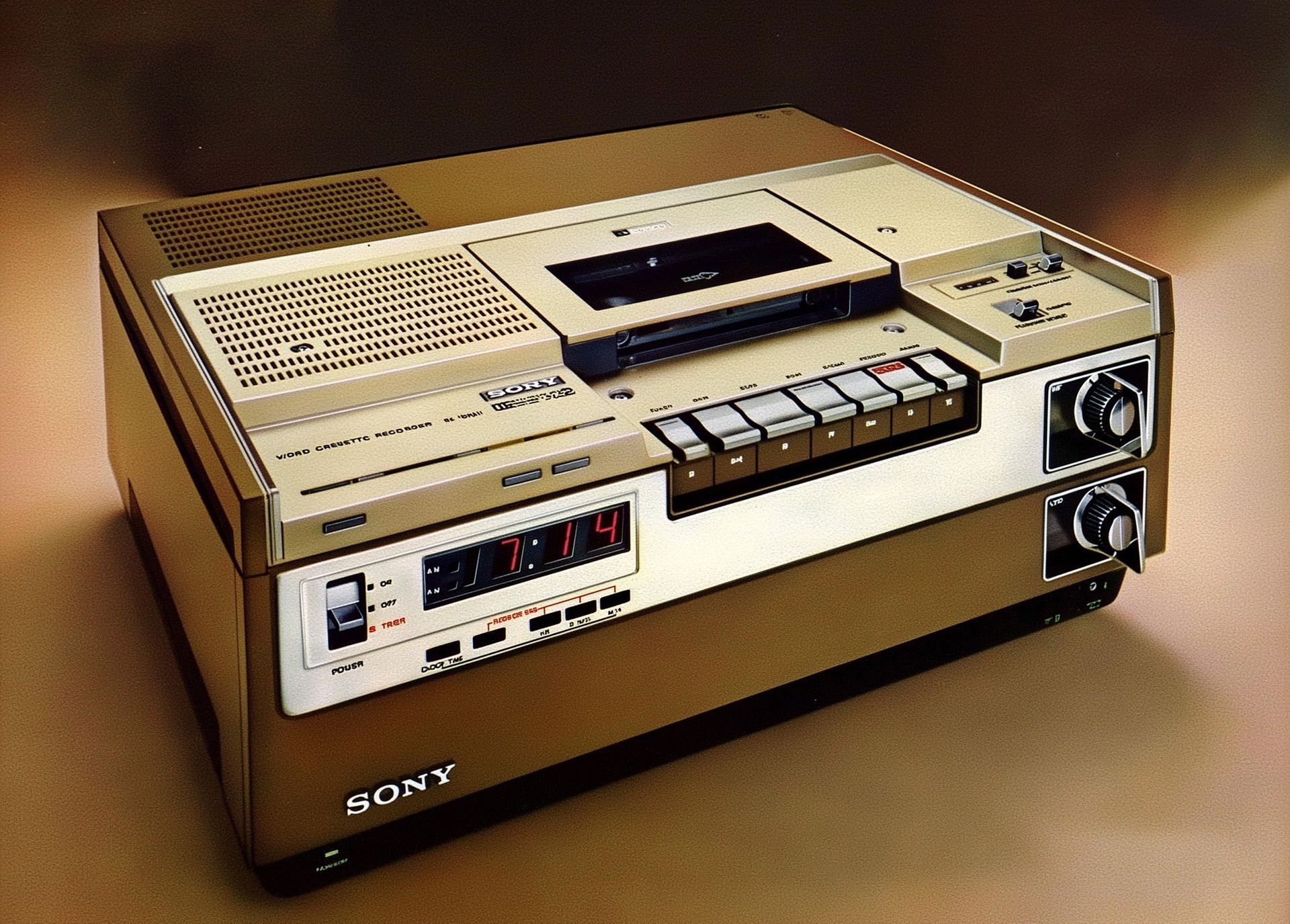The USP is Dead. Long Live the SMIT.
In marketing, we love a good acronym. But let’s be real—USP (Unique Selling Proposition) is starting to feel like one of those legacy systems we all pretend still has value because it’s “core to the business.” You know the type: old, clunky, and painfully out of sync with how people make decisions today.
Before we move on, let’s give the USP its due. Coined in the 1940s, the Unique Selling Proposition was a revolutionary idea at the time: define one compelling reason why someone should choose your product over the others. It was built for an era of mass advertising and simpler markets. But tech is anything but simple. Differentiation is brutally hard when everyone is chasing the same trends, shipping similar features, and shouting into the same digital void.
Once upon a time, shouting about what made your product different — faster, cheaper, more secure — was enough to win hearts and market share. But not anymore. People aren’t looking for a list of features. They’re looking for something to believe in. Something to feel. That’s where the SMIT comes in.
What’s a SMIT?
At Speak!, we build every brand strategy around a Single Most Important Truth. It isn’t a claim. It’s not a feature or a benefit. It’s a brand truth — a meaningful, distinctive quality that sits at the intersection of who you are and what your audience actually cares about.
Think of it as your brand’s emotional bullseye. It’s not about what you do. It’s about why it matters. It’s not about how customers feel about you. It’s about how you make them feel about themselves. (See our blog about Inverse Branding.)
Why SMIT Beats USP (Every Time)
Let’s say your product automates cloud infrastructure. Cool. So do a hundred others.
Your old-school USP might be: “The fastest infrastructure automation tool on the market.”
Your SMIT could be: “We give engineers their nights and weekends back.”
See the difference? One speaks to specs. The other speaks to humans.
And in a world where people are overwhelmed, skeptical, and allergic to jargon, the brands that break through are the ones that connect emotionally and make people feel seen.
The Science Backs It Up
According to Kantar, brands that are meaningful, different, and salient grow faster and command higher pricing power. These are brands that don’t just check boxes — they tell a story, show up with consistency, and stand for something bigger than the product.
A SMIT helps you do exactly that. It forces clarity. It forces focus. And when done right, it becomes the heartbeat of your entire brand strategy — from messaging to design to customer experience.
Finding Your SMIT
So how do you find your Single Most Important Truth? You dig. Deep.
Start by asking:
- What do we believe that no one else in our space is saying?
- What emotional need are we really fulfilling?
- What are our customers really buying (beyond the product)?
And then go further: What do your happiest customers say about you? What would they miss if you disappeared tomorrow? That’s where the truth lives.
SMIT in the Wild
- Slack didn’t win because it’s a messaging platform. Their SMIT? “Make work less work.”
- Stripe isn’t just a payments API. Their truth? “We help ambitious businesses grow faster.”
- Notion isn’t just docs and databases. Their rallying cry? “A new tool for a new way of thinking.”
None of these truths sound like USPs. And that’s the point.
Brand Strategy for the Feeling Economy
We’re in what some call the “feeling economy.” People aren’t buying on logic alone (they never really were). They’re buying based on what a brand feels like — its values, its personality, its point of view. This is especially true in tech, where products often sound the same and look the same.
So if your brand strategy still hinges on a USP, it might be time for an upgrade. Look past the features. Find the human truth. And build everything from there.
Because the brands people remember — the ones they choose — aren’t just useful. They’re meaningful.
Need help finding your SMIT. Let’s strike up a conversation.




